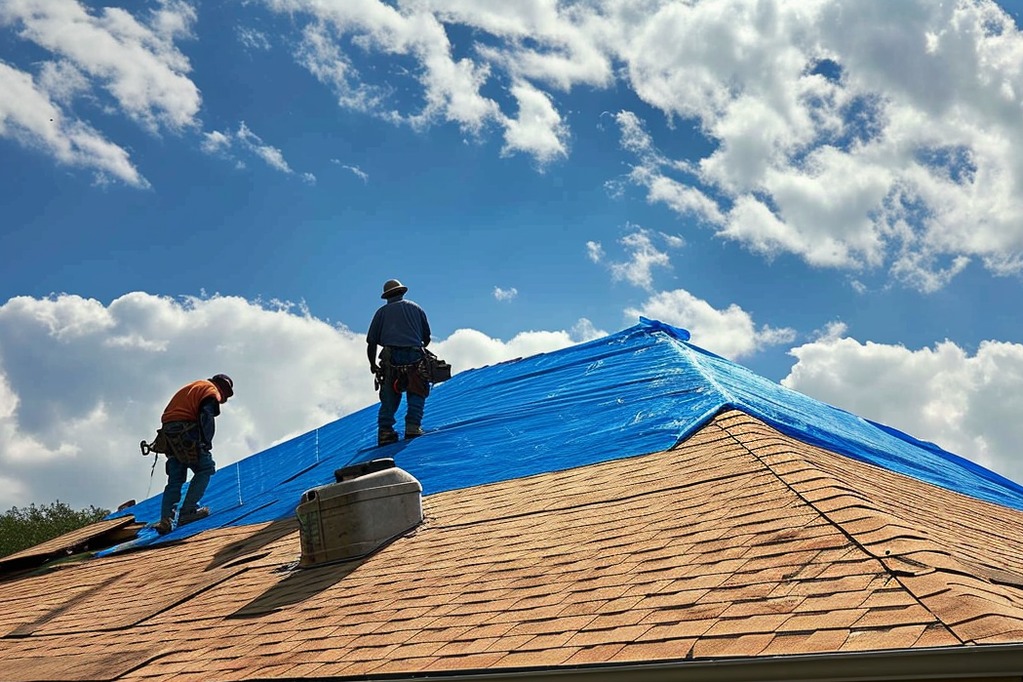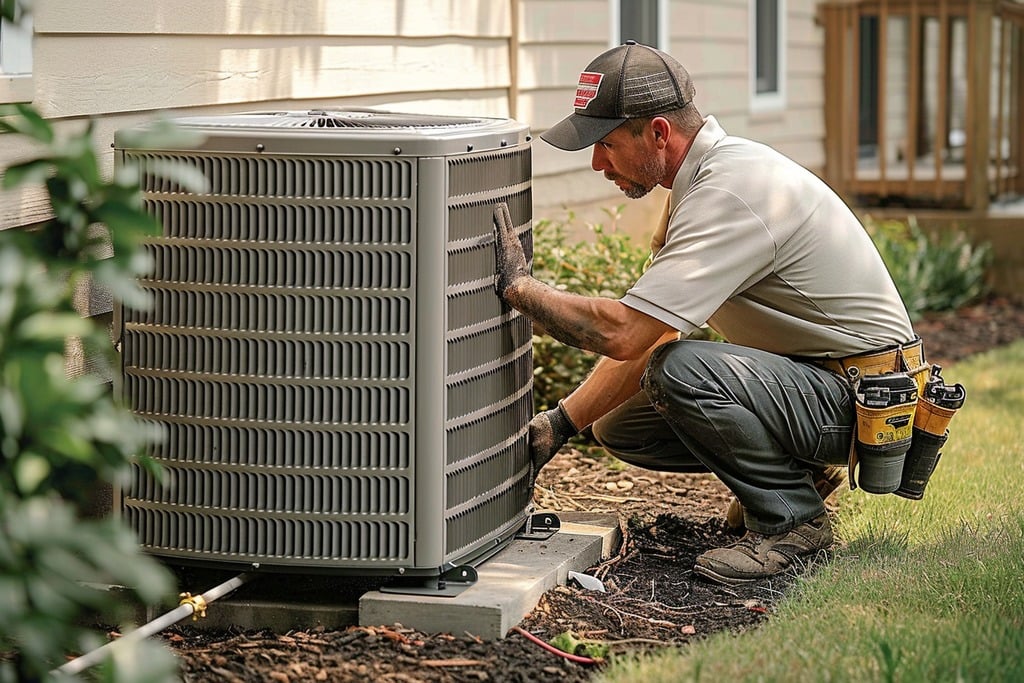When considering the picturesque landscapes and charming communities of North Carolina, the last thing most homeowners want to contemplate is the potential cost of major home repairs. Yet, understanding these expenses is crucial, especially in Southeastern North Carolina, where the diverse climate and coastal environment can influence the type of maintenance your home might require. From the lush farm areas to the sandy beaches, each setting presents its unique challenges. Here, we’ll explore the six most expensive home repairs homeowners in North Carolina might face, offering insights into why they’re costly and how you can prepare for them.
1. Foundation Repairs
In the Tar Heel State, foundation issues can stem from a variety of causes, including expansive clay soils, moisture fluctuations, and even occasional seismic activity. Signs of foundation trouble include cracks in walls, uneven floors, and doors that won’t close properly. The cost of these repairs can be substantial. The national average is around $5,000 but can balloon to $25,000 or more in severe cases. Methods of repair might include hydraulic piers, which are more expensive but offer a long-term solution. Regular inspections and early intervention can mitigate these costs somewhat but repairing foundation damage is typically extensive and costly.
2. Roof Replacement and Repair
North Carolina’s weather, from intense sun and heat to tropical storms and hurricanes, can wreak havoc on roofing materials. When a roof needs to be replaced, it’s not just the shingles that cost; it’s also the labor, the disposal of old materials, and potentially repairing any water damage found during the process. Depending on the size of the home and the type of materials used, a complete roof replacement can range between $7,000 and $25,000. Regular maintenance can extend a roof’s life, but eventually, a replacement will be necessary.
3. HVAC Systems
The state’s hot summers and chilly winters mean that a functioning HVAC system is non-negotiable for comfort. Replacing an HVAC system—including the furnace, air conditioner, and ductwork—can cost between $7,000 and $16,000. Factors influencing the price include the system’s size, the home’s size, and the quality of the unit. Regular servicing can help extend the life of your HVAC system, but these systems typically need replacing every 15 to 20 years.
4. Water Damage and Mold Remediation
Water damage, particularly in coastal areas prone to flooding and hurricanes, can lead to significant repair costs. If not addressed promptly, moisture can also lead to mold growth, which poses health risks and can be expensive to remediate. The cost of repairing water damage and removing mold can vary widely, but it can easily reach into the tens of thousands of dollars, especially if there’s structural damage or if belongings need to be replaced.
5. Termite Damage
Termites are a notorious problem in North Carolina, thriving in the warm, humid climate. They can silently cause extensive damage before homeowners even realize there’s a problem. Repairing termite damage can range from a few thousand dollars to repair structural damage to tens of thousands if the infestation is widespread. Regular inspections and treatments are the best defense against these costly pests.
6. Septic System Replacement
For homes not connected to a municipal sewer system, the septic system is a crucial component. Replacing a failed septic system is a significant undertaking, often costing between $5,000 and $11,000, though more complex systems or those for larger homes can cost more. Factors affecting cost include the system size, soil type, and local environmental regulations. Regular maintenance can help prevent failures, but eventually, replacement may be necessary.
Navigating the Costs
The key to managing these expenses is preparation and prevention. Regular home inspections can catch issues early, often reducing repair costs. Additionally, setting aside a home maintenance fund can alleviate the financial burden when these issues do arise. For those in the real estate market, understanding these potential costs is also crucial when purchasing a home. Buyers should consider the age of the home’s critical systems and factor in potential repair or replacement costs when budgeting.
Conclusion
While North Carolina offers a beautiful setting for homeowners, the reality of potential costly repairs is an important consideration. By understanding the most expensive repairs, from foundation fixes to septic system replacements, homeowners can better prepare and protect their investments. Regular maintenance, timely repairs, and a good home inspection are invaluable tools in this endeavor. With the right approach, you can enjoy all that North Carolina has to offer while keeping your home safe, sound, and secure.






